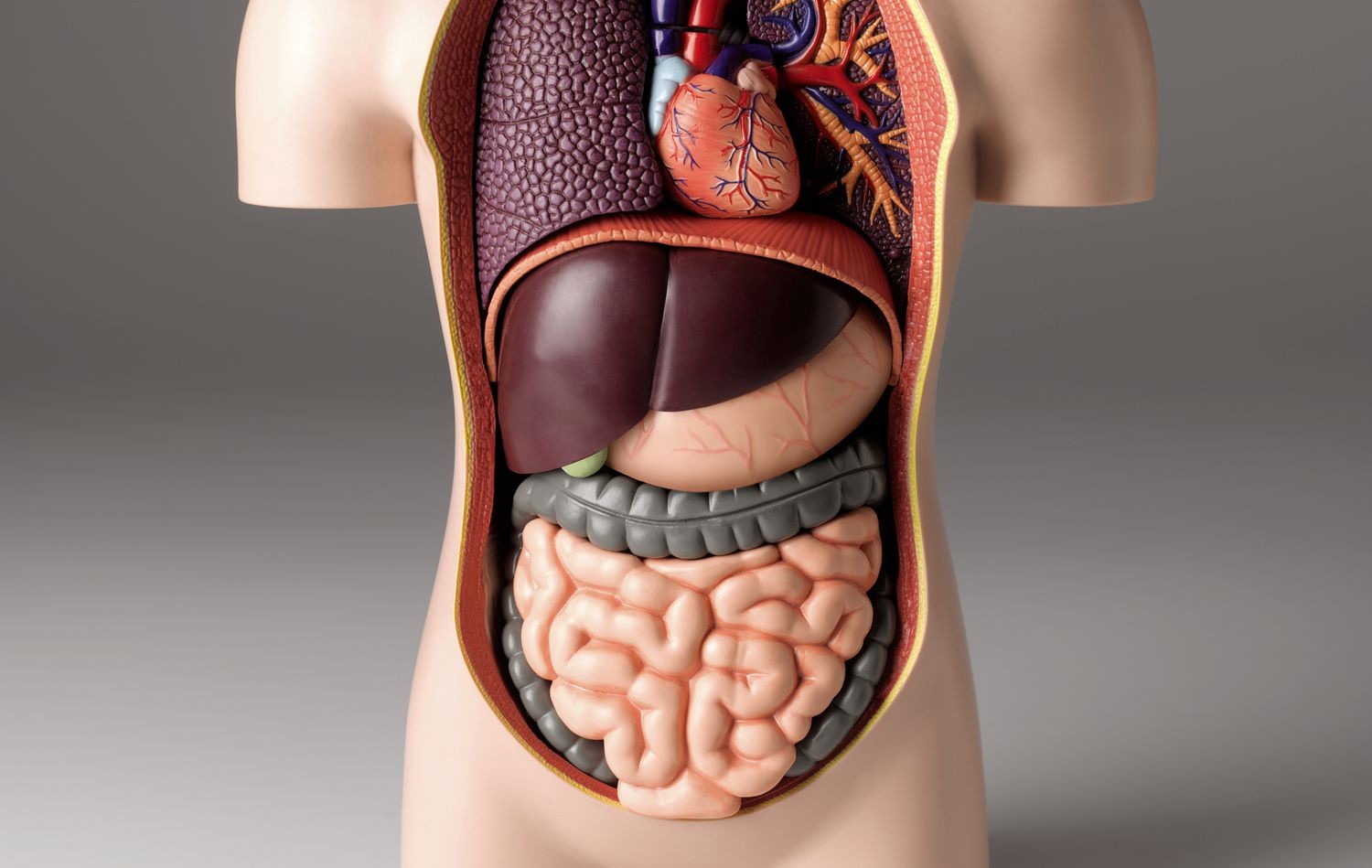
For non-native English learners, understanding the human body in English is not only important for communication with medical professionals but also for everyday life. Having a basic understanding of human body parts and their functions in English can be crucial for personal health and wellness. In this article, we will explore some essential points for understanding the human body in English for non-native English learners.
- Vocabulary: Building a strong vocabulary is essential to Entenda o corpo humano em inglês . Learning the English names for body parts such as head, face, arms, hands, legs, feet, chest, abdomen, back, spine, skin, and hair is a fundamental step. It is important to learn both the basic anatomical terms as well as common colloquial terms used in everyday conversations.
- Functions: Understanding the functions of different body parts is equally important. Knowing that the head houses the brain, the chest houses the lungs and heart, and the abdomen houses the digestive system can help non-native English learners grasp the overall functioning of the human body. It is also essential to learn the basic functions of sensory organs such as the eyes, ears, nose, and mouth.
- Expressions and Idioms: Non-native English learners should also familiarize themselves with expressions and idioms related to the human body. For example, “keeping an eye on something” means to monitor or watch something closely, and “having a gut feeling” means to have a strong intuition. Understanding these expressions and idioms can help non-native English learners better comprehend conversations and communicate effectively in different contexts.
- Medical Terminology: Non-native English learners may also encounter medical terminology when discussing health-related issues with medical professionals. It is important to learn common medical terms related to human body parts, symptoms, and conditions to effectively communicate with healthcare providers. Being able to describe symptoms or understand medical instructions in English can be crucial in a medical setting.
In conclusion, understanding the human body in English is essential for non-native English learners to effectively communicate with medical professionals, navigate everyday conversations, and maintain personal health and wellness. Building a strong vocabulary, understanding the functions of different body parts, learning expressions and idioms related to the human body, and familiarizing oneself with medical terminology are key steps to improve English language skills in this context. Non-native English learners should strive to actively learn and practice human body-related vocabulary and expressions to confidently communicate about health and wellness in English.



